|

Mysteries, legends, adventure and myths, the history of the Knights Templar has it all. It has one of the most recognisable symbols in the world today, the red cross. In 1128 Pope Honorius II assigned the templar Knights the white mantle of the Cistercians, on which they wore the red cross with square ends. However in 1147, Pope Eugenius III ordained the use of the 'Eight Pointed Cross', which has been used by the Knights Templar ever since. But, who are the Knights Templar ?
The Poor Fellow-Soldiers of Christ and of the Temple of Solomon (Latin: Pauperes commilitones Christi Templique Salomonici), also known as the Order of Solomon's Temple, the Knights Templar or simply the Templars, were a Catholic military order recognised in 1139 by the papal bull Omne datum optimum. The order was founded in 1119 and was active until about 1312.
The order, which was among the wealthiest and most powerful, became a favoured charity throughout Christendom and grew rapidly in membership and power. They were prominent in Christian finance. Templar knights, in their distinctive white mantles with a red cross, were among the most skilled fighting units of the
Crusades. Non-combatant members of the order, who formed as much as 90% of the order's members, managed a large economic infrastructure throughout Christendom, developing innovative financial techniques that were an early form of banking, building its own network of nearly 1,000 commanderies and fortifications across Europe and the Holy Land, and arguably forming the world's first multinational corporation.
The Templars were closely tied to the Crusades; when the Holy Land was lost, support for the order faded. Rumours about the Templars' secret initiation ceremony created distrust, and King Philip IV of France – deeply in debt to the order – took advantage of the situation to gain control over them. In 1307, he had many of the order's members in France arrested, tortured into giving false confessions, and burned at the stake. Pope Clement V disbanded the order in 1312 under pressure from King Philip.
The abrupt reduction in power of a significant group in European society gave rise to speculation, legend, and legacy through the ages.
CHINON PARCHMENT
In September 2001, a document known as the "Chinon Parchment" dated 17–20 August 1308 was discovered in the Vatican Secret Archives by Barbara Frale, apparently after having been filed in the wrong place in 1628. It is a record of the trial of the Templars and shows that Clement absolved the Templars of all heresies in 1308 before formally disbanding the order in 1312, as did another Chinon Parchment dated 20 August 1308 addressed to Philip IV of France, also mentioning that all Templars that had confessed to heresy were "restored to the Sacraments and to the unity of the Church". This other Chinon Parchment has been well known to historians, having been published by Étienne Baluze in 1693 and by Pierre Dupuy in 1751.
The current position of the Roman Catholic Church is that the medieval persecution of the Knights Templar was unjust, that nothing was inherently wrong with the order or its rule, and that Pope Clement was pressed into his actions by the magnitude of the public scandal and by the dominating influence of King Philip IV, who was Clement's relative.

RISE
OF THE TEMPLAR KNIGHTS
After Europeans in the First Crusade captured Jerusalem in 1099, many Christians made pilgrimages to various sacred sites in the Holy Land. Although the city of Jerusalem was relatively secure under Christian control, the rest of Outremer was not. Bandits and marauding highwaymen preyed upon pilgrims, who were routinely slaughtered, sometimes by the hundreds, as they attempted to make the journey from the coastline at Jaffa through to the interior of the Holy
Land.
In 1119, the French knight Hugues de Payens approached King Baldwin II of Jerusalem and Warmund, Patriarch of Jerusalem, and proposed creating a monastic order for the protection of these pilgrims. King Baldwin and Patriarch Warmund agreed to the request, probably at the Council of Nablus in January 1120, and the king granted the Templars a headquarters in a wing of the royal palace on the Temple Mount in the captured Al-Aqsa Mosque. The Temple Mount had a mystique because it was above what was believed to be the ruins of the Temple of Solomon. The Crusaders therefore referred to the Al-Aqsa Mosque as Solomon's Temple, and from this location the new order took the name of Poor Knights of Christ and the Temple of Solomon, or "Templar" knights. The order, with about nine knights including Godfrey de Saint-Omer and André de Montbard, had few financial resources and relied on donations to survive. Their emblem was of two knights riding on a single horse, emphasising the order's poverty.
The impoverished status of the Templars did not last long. They had a powerful advocate in Saint Bernard of Clairvaux, a leading Church figure, the French abbot primarily responsible for the founding of the Cistercian Order of monks and a nephew of André de Montbard, one of the founding knights. Bernard put his weight behind them and wrote persuasively on their behalf in the letter 'In Praise of the New Knighthood', and in 1129, at the Council of Troyes, he led a group of leading churchmen to officially approve and endorse the order on behalf of the church. With this formal blessing, the Templars became a favoured charity throughout Christendom, receiving money, land, businesses, and noble-born sons from families who were eager to help with the fight in the Holy Land. Another major benefit came in 1139, when Pope Innocent II's papal bull Omne Datum Optimum exempted the order from obedience to local laws. This ruling meant that the Templars could pass freely through all borders, were not required to pay any taxes, and were exempt from all authority except that of the pope.
With its clear mission and ample resources, the order grew rapidly. Templars were often the advance shock troops in key battles of the Crusades, as the heavily armoured knights on their warhorses would set out to charge at the enemy, ahead of the main army bodies, in an attempt to break opposition lines. One of their most famous victories was in 1177 during the Battle of Montgisard, where some 500 Templar knights helped several thousand infantry to defeat Saladin's army of more than 26,000 soldiers.
Although the primary mission of the order was militaristic, relatively few members were combatants. The others acted in support positions to assist the knights and to manage the financial infrastructure. The Templar Order, though its members were sworn to individual poverty, was given control of wealth beyond direct donations. A nobleman who was interested in participating in the Crusades might place all his assets under Templar management while he was away. Accumulating wealth in this manner throughout Christendom and the Outremer, the order in 1150 began generating letters of credit for pilgrims journeying to the Holy Land: pilgrims deposited their valuables with a local Templar preceptory before embarking, received a document indicating the value of their deposit, then used that document upon arrival in the Holy Land to retrieve their funds in an amount of treasure of equal value. This innovative arrangement was an early form of banking and may have been the first formal system to support the use of cheques; it improved the safety of pilgrims by making them less attractive targets for thieves, and also contributed to the Templar coffers.
Based on this mix of donations and business dealing, the Templars established financial networks across the whole of Christendom. They acquired large tracts of land, both in Europe and the Middle East; they bought and managed farms and vineyards; they built massive stone cathedrals and castles; they were involved in manufacturing, import and export; they had their own fleet of ships; and at one point they even owned the entire island of Cyprus. The Order of the Knights Templar arguably qualifies as the world's first multinational corporation.
KNIGHTS TEMPLAR
- ORGANIZATION
The Templars were organized as a monastic order similar to Bernard's Cistercian Order, which was considered the first effective international organization in Europe. The organizational structure had a strong chain of authority. Each country with a major Templar presence (France, Poitou, Anjou, Jerusalem, England, Aragon,
Portugal,
Italy, Tripoli, Antioch, Hungary, and Croatia) had a Master of the Order for the Templars in that region.
All of them were subject to the Grand Master, appointed for life, who oversaw both the order's military efforts in the East and their financial holdings in the West. The Grand Master exercised his authority via the visitors-general of the order, who were knights specially appointed by the Grand Master and convent of Jerusalem to visit the different provinces, correct malpractices, introduce new regulations, and resolve important disputes. The visitors-general had the power to remove knights from office and to suspend the Master of the province concerned.
No precise numbers exist, but it is estimated that at the order's peak there were between 15,000 and 20,000 Templars, of whom about a tenth were actual knights.
KNIGHT TEMPLAR DECLINE
In the mid-12th century, the tide began to turn in the Crusades. The Muslim world had become more united under effective leaders such as Saladin, and dissension arose amongst Christian factions in, and concerning, the Holy Land. The Knights Templar were occasionally at odds with the two other Christian military orders, the Knights Hospitaller and the Teutonic Knights, and decades of internecine feuds weakened Christian positions, both politically and militarily. After the Templars were involved in several unsuccessful campaigns, including the pivotal Battle of Hattin, Jerusalem was recaptured by Muslim forces under Saladin in 1187. The Holy Roman Emperor Frederick II reclaimed the city for Christians in the Sixth Crusade of 1229, without Templar aid, but only held it briefly for a little more than a decade. In 1244, the Ayyubid dynasty together with Khwarezmi mercenaries recaptured Jerusalem, and the city did not return to Western control until 1917 when, during World War I, the British captured it from the Ottoman Empire.
The Templars were forced to relocate their headquarters to other cities in the north, such as the seaport of Acre, which they held for the next century. It was lost in 1291, followed by their last mainland strongholds, Tortosa (Tartus in what is now Syria) and Atlit in present-day Israel. Their headquarters then moved to Limassol on the island of
Cyprus, and they also attempted to maintain a garrison on tiny Arwad Island, just off the coast from Tortosa. In 1300, there was some attempt to engage in coordinated military efforts with the Mongols via a new invasion force at Arwad. In 1302 or 1303, however, the Templars lost the island to the Egyptian Mamluk Sultanate in the Siege of Arwad. With the island gone, the Crusaders lost their last foothold in the Holy Land.
With the order's military mission now less important, support for the organization began to dwindle. The situation was complex, however, since during the two hundred years of their existence, the Templars had become a part of daily life throughout Christendom. The organisation's Templar Houses, hundreds of which were dotted throughout Europe and the Near East, gave them a widespread presence at the local level. The Templars still managed many businesses, and many Europeans had daily contact with the Templar network, such as by working at a Templar farm or vineyard, or using the order as a bank in which to store personal valuables. The order was still not subject to local government, making it everywhere a "state within a state" – its standing army, though it no longer had a well-defined mission, could pass freely through all borders. This situation heightened tensions with some European nobility, especially as the Templars were indicating an interest in founding their own monastic state, just as the Teutonic Knights had done in Prussia and the Knights Hospitaller were doing in Rhodes.
TEMPLAR ARRESTS, CHARGES & DISSOLUTION
In 1305, the new Pope Clement V, based in Avignon, France, sent letters to both the Templar Grand Master Jacques de Molay and the Hospitaller Grand Master Fulk de Villaret to discuss the possibility of merging the two orders. Neither was amenable to the idea, but Pope Clement persisted, and in 1306 he invited both Grand Masters to France to discuss the matter. De Molay arrived first in early 1307, but de Villaret was delayed for several months. While waiting, De Molay and Clement discussed criminal charges that had been made two years earlier by an ousted Templar and were being discussed by King Philip IV of
France and his ministers. It was generally agreed that the charges were false, but Clement sent the king a written request for assistance in the investigation. According to some historians, King Philip, who was already deeply in debt to the Templars from his war with the English, decided to seize upon the rumours for his own purposes. He began pressuring the church to take action against the order, as a way of freeing himself from his debts.
At dawn on Friday, 13 October 1307 (a date sometimes linked with the origin of the Friday the 13th superstition) King Philip IV ordered de Molay and scores of other French Templars to be simultaneously arrested. The arrest warrant started with the phrase: "Dieu n'est pas content, nous avons des ennemis de la foi dans le Royaume" ["God is not pleased. We have enemies of the faith in the kingdom"]. Claims were made that during Templar admissions ceremonies, recruits were forced to spit on the Cross, deny Christ, and engage in indecent kissing; brethren were also accused of worshipping idols, and the order was said to have encouraged homosexual practices. The Templars were charged with numerous other offences such as financial corruption, fraud, and secrecy. Many of the accused confessed to these charges under torture, and their confessions, even though obtained under duress, caused a scandal in Paris. The prisoners were coerced to confess that they had spat on the Cross: "Moi, Raymond de La Fère, 21 ans, reconnais que [j'ai] craché trois fois sur la Croix, mais de bouche et pas de cœur" (free translation: "I, Raymond de La Fère, 21 years old, admit that I have spat three times on the Cross, but only from my mouth and not from my heart"). The Templars were accused of idolatry and were suspected of worshiping either a figure known as Baphomet or a mummified severed head they recovered, amongst other artifacts, at their original headquarters on the Temple Mount that many scholars theorize might have been that of John the Baptist, among other things.
Relenting to Phillip's demands, Pope Clement then issued the papal bull Pastoralis praeeminentiae on 22 November 1307, which instructed all Christian monarchs in Europe to arrest all Templars and seize their assets. Pope Clement called for papal hearings to determine the Templars' guilt or innocence, and once freed of the Inquisitors' torture, many Templars recanted their confessions. Some had sufficient legal experience to defend themselves in the trials, but in 1310, having appointed the archbishop of Sens, Philippe de Marigny, to lead the investigation, Philip blocked this attempt, using the previously forced confessions to have dozens of Templars burned at the stake in Paris.
With Philip threatening military action unless the pope complied with his wishes, Pope Clement finally agreed to disband the order, citing the public scandal that had been generated by the confessions. At the Council of Vienne in 1312, he issued a series of papal bulls, including Vox in excelso, which officially dissolved the order, and Ad providam, which turned over most Templar assets to the Hospitallers.
As for the leaders of the order, the elderly Grand Master Jacques de Molay, who had confessed under torture, retracted his confession. Geoffroi de Charney, Preceptor of Normandy, also retracted his confession and insisted on his innocence. Both men were declared guilty of being relapsed heretics, and they were sentenced to burn alive at the stake in Paris on 18 March 1314. De Molay reportedly remained defiant to the end, asking to be tied in such a way that he could face the Notre Dame Cathedral and hold his hands together in
prayer. According to legend, he called out from the flames that both Pope Clement and King Philip would soon meet him before God. His actual words were recorded on the parchment as follows : "Dieu sait qui a tort et a péché. Il va bientot arriver malheur à ceux qui nous ont condamnés à mort" (free translation : "God knows who is wrong and has sinned. Soon a calamity will occur to those who have condemned us to death"). Pope Clement died only a month later, and King Philip died in a hunting accident before the end of the year.
With the last of the order's leaders gone, the remaining Templars around Europe were either arrested and tried under the Papal investigation (with virtually none convicted), absorbed into other military orders such as the Knights Hospitaller, or pensioned off and allowed to live out their days peacefully. By papal decree, the property of the Templars was transferred to the Knights Hospitaller, which also absorbed many of the Templars' members. In effect, the dissolution of the Templars could be seen as the merger of the two rival orders. Templar organizations simply changed their name, from Knights Templar to Order of Christ and also a parallel Supreme Order of Christ of the Holy See in which both are considered the successors.
KNIGHTS TEMPLAR - LEGACY
With their military mission and extensive financial resources, the Knights Templar funded a large number of building projects around
Europe and the Holy Land. Many of these structures are still standing. Many sites also maintain the name "Temple" because of centuries-old association with the Templars. For example, some of the Templars' lands in London were later rented to
lawyers, which led to the names of the Temple Bar gateway and the Temple Underground station. Two of the four Inns of Court which may call members to act as barristers are the Inner Temple and Middle Temple – the entire area known as Temple,
London.
Distinctive architectural elements of Templar buildings include the use of the image of "two knights on a single horse", representing the Knights'
poverty, and round buildings designed to resemble the Church of the Holy Sepulchre in Jerusalem.
FREEMASONRY
Freemasonry has incorporated the symbols and rituals of several medieval military orders in a number of Masonic bodies since the 18th century at least. This can be seen in the "Red Cross of Constantine," inspired by the Military Constantinian Order; the "Order of Malta," inspired by the Knights Hospitaller; and the "Order of the Temple", inspired by the Knights Templar. The Orders of Malta and the Temple feature prominently in the York Rite. One theory on the origin of
Freemasonry claims direct descent from the historical Knights Templar through its final fourteenth-century members who allegedly took refuge in
Scotland and aided Robert the Bruce in his victory at Bannockburn. This theory is usually rejected by both Masonic authorities and historians due to lack of evidence.
POPULAR CULTURE
The Knights Templar have become associated with legends concerning secrets and mysteries handed down to the select from ancient times. Rumours circulated even during the time of the Templars themselves. Masonic writers added their own speculations in the 18th century, and further fictional embellishments have been added in popular novels such as Ivanhoe, Foucault's Pendulum, and
The Da Vinci
Code, modern movies such as National
Treasure, The Last Templar, and Indiana Jones and the Last Crusade, as well as video games such as Broken Sword and Assassin's Creed.
Beginning in the 1960s, there have been speculative popular publications surrounding the order's early occupation of the Temple Mount in Jerusalem and speculation about what relics the Templars may have found there, such as the Holy Grail or the Ark of the
Covenant, or the historical accusation of idol worship (Baphomet) transformed into a context of "witchcraft".
The association of the Holy Grail with the Templars has precedents even in 12th century fiction; Wolfram von Eschenbach's Parzival calls the knights guarding the Grail Kingdom templeisen, apparently a conscious fictionalisation of the templarii.
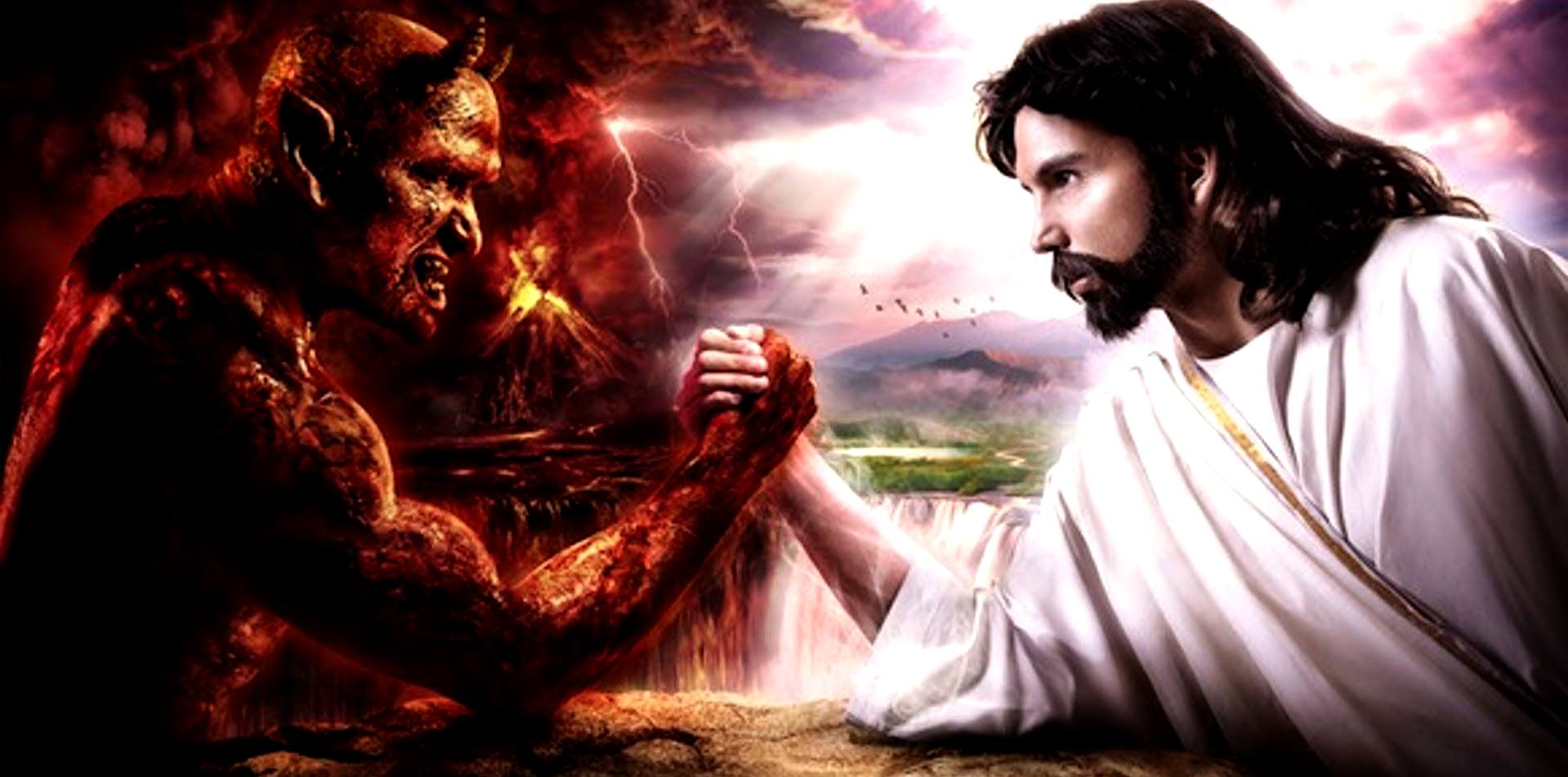
TAKING
ON THE ABUSERS
OF THEIR POSITIONS OF TRUST - These men and women council employees
are in highly regarded positions of trust, such that if that trust is
abused the penalties should be proportionate and all proceeds of their crimes
subject to the most careful scrutiny - as with any other crime such as fraud. You would
not let a bank robber or a murderer
keep their ill gotten gains, so why is it that planning officers and
councillors who are corrupt somehow manage to escape prosecution? The
answer is that the local
police force heads are sometimes involved in the corruption, such as
with the Jimmy
Ashley shooting. They get
a bung to tow the party line - and not investigate these heinous crimes on
their doorstep. The same punishment should apply to secret alliances such
as those forged in some of the Masons
lodges with high proportions of
builders, architects, councillors and
police
officers all doing their best to perpetuate a profitable situation
from their positions of power within their local authority. That is why
civil servants with the wrong mindset are so dangerous to a fair and
equitable society.
WHO
WE WERE FIGHTING AGAINST FROM 1939 TO 1945
|
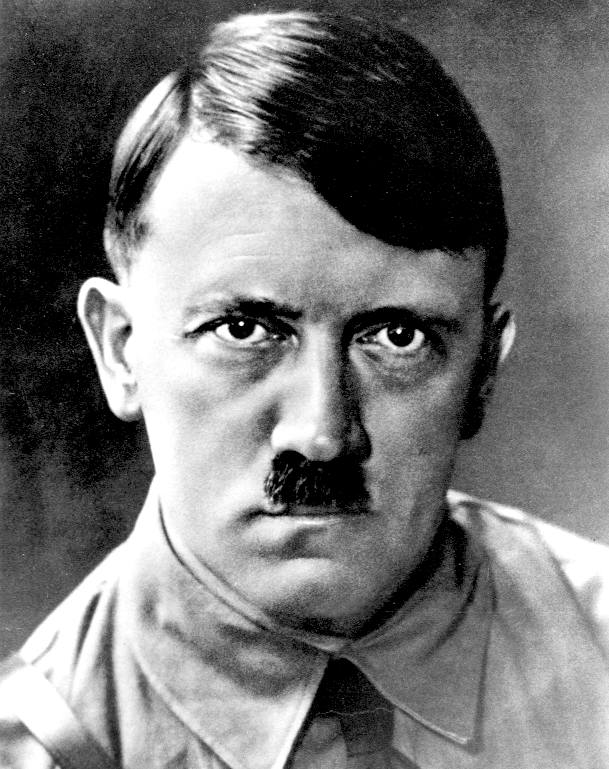
Adolf
Hitler
German
Chancellor
|
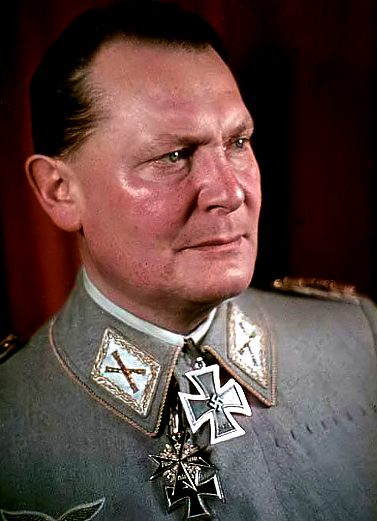
Herman
Goring
Reichsmarschall
|
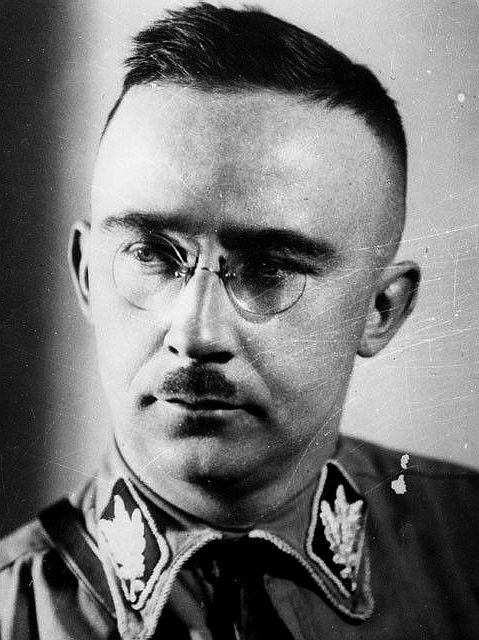
Heinrich
Himmler
Reichsführer
|
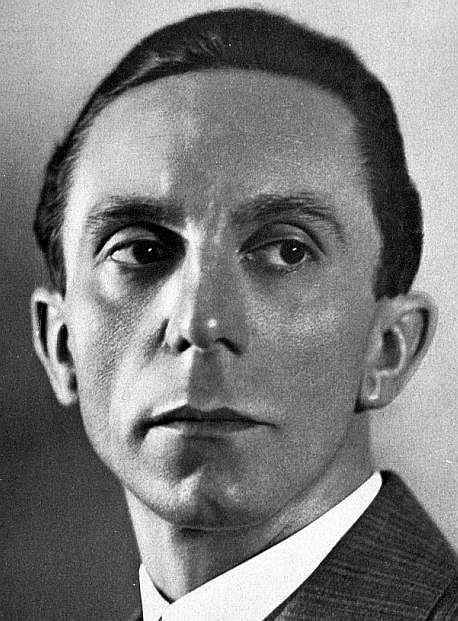
Joseph
Goebbels
Reich Minister
|
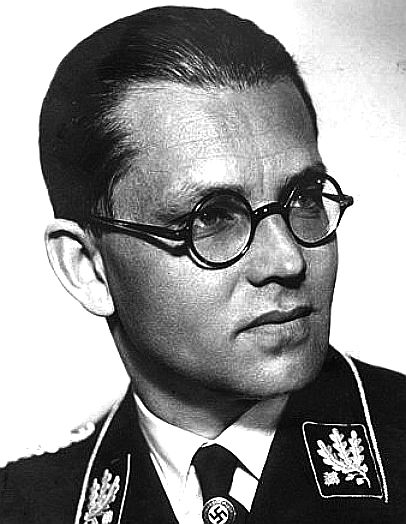
Philipp
Bouhler SS
NSDAP
Aktion T4
|
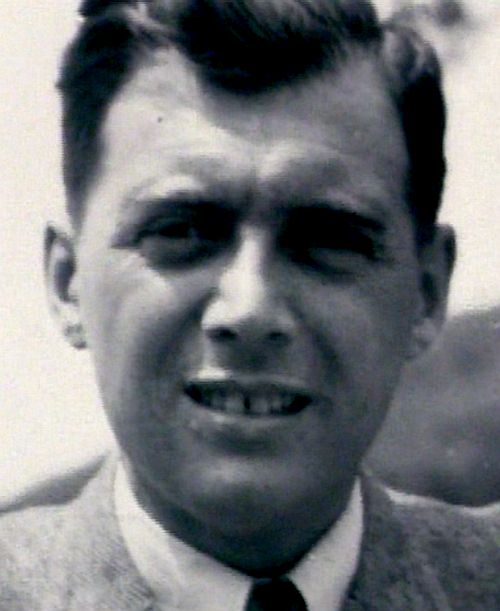
Dr
Josef Mengele
Physician
Auschwitz
|
|
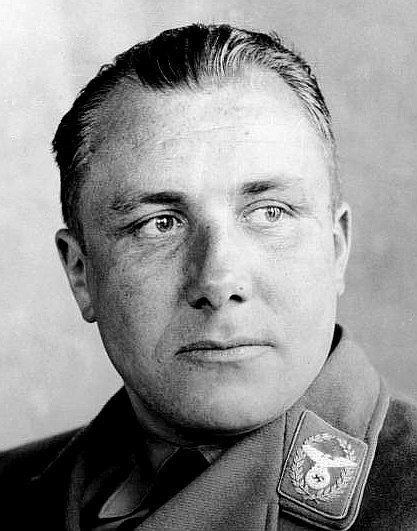
Martin
Borman
Schutzstaffel
|
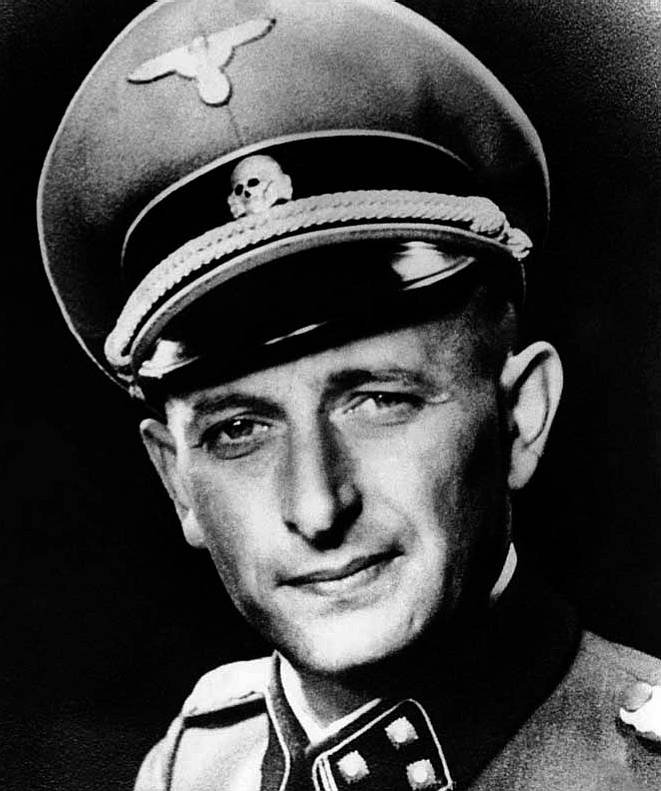
Adolph
Eichmann
Holocaust
Architect
|
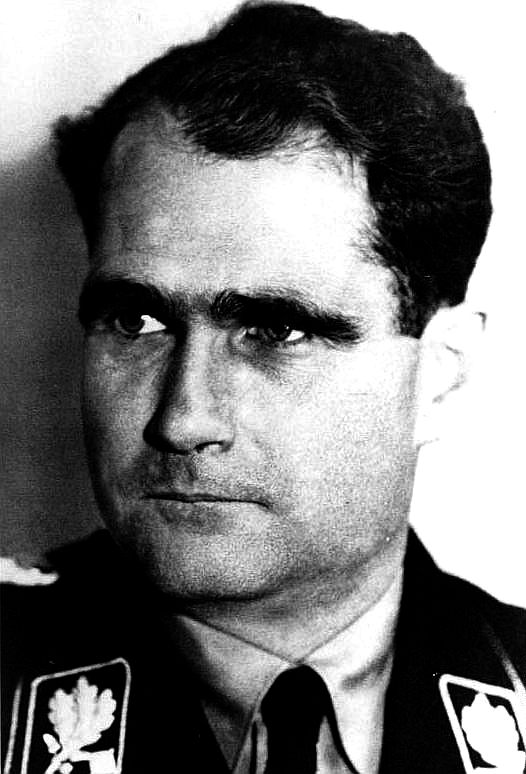
Rudolf
Hess
Commandant
|
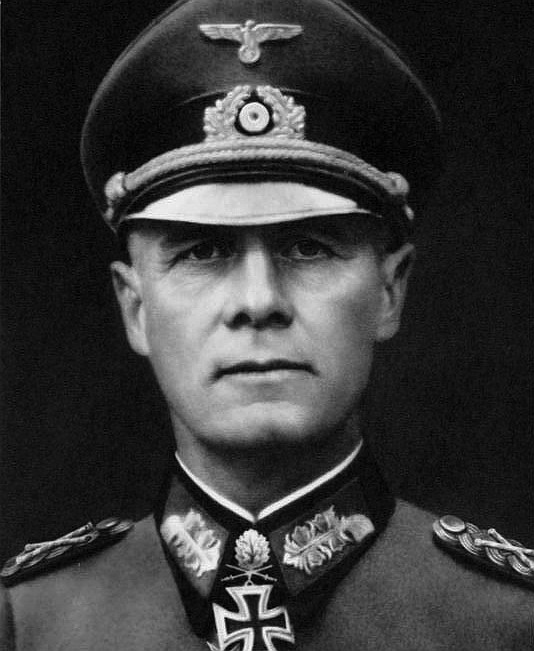
Erwin
Rommel
The
Desert Fox
|
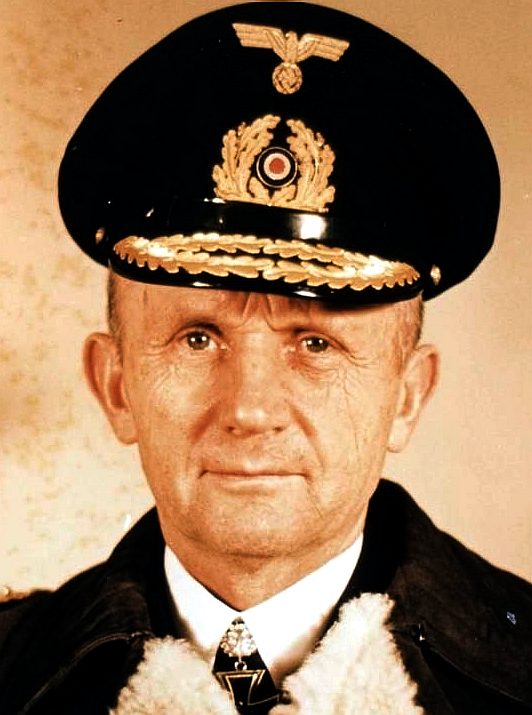
Karl
Donitz
Kriegsmarine
|
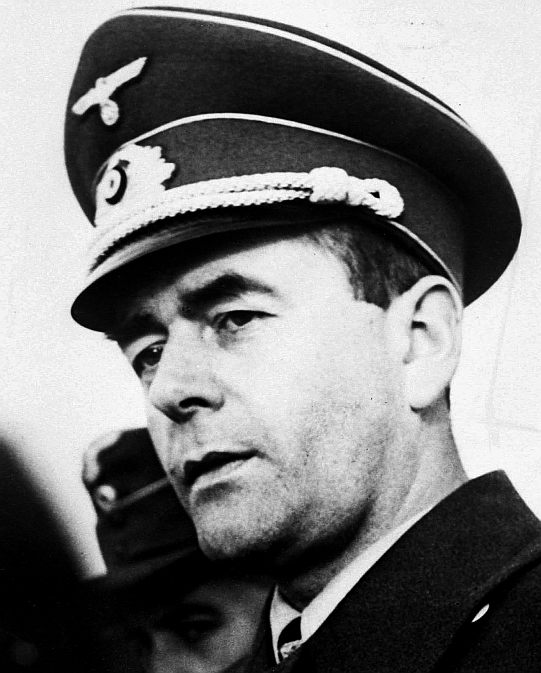
Albert
Speer
Nazi
Architect
|
SUSSEX
POLICE A
- Z OF OFFICERS
Aran
Boyt
Chris
Sherwood
Colin
Dowle
Dave
Tye
Jane
Rhodes
Jo
Pinyoun
Joe
Edwards
Giles
York
Gordon
Staker
James
Hookway
Kara
Tombling
Keith
Lindsay
Keith
Stoneman
Ken
Jones
Maria
Wallis
Mark
Jordan
Martin
Richards
Neil
Honnor
Nigel
Yeo
Olivia
Pinkney
Paul
Whitehouse
Peter
Coll
Robert
Lovell
Sarah
Jane Gallagher
Sir
Ken Macdonald QC
Timothy
Motram
The
above is just a few of a number of persons likely to be investigated in
respect of certain cases brought against Wealden Action Group members, on
the instigation of known Masons, councillors, or
planning
officers, many
of which are themselves Masons or have masonic connections.
LINKS
& REFERENCE
https://en.wikipedia.org/wiki/Knights_Templar
http://www.knightstemplar.org.uk/
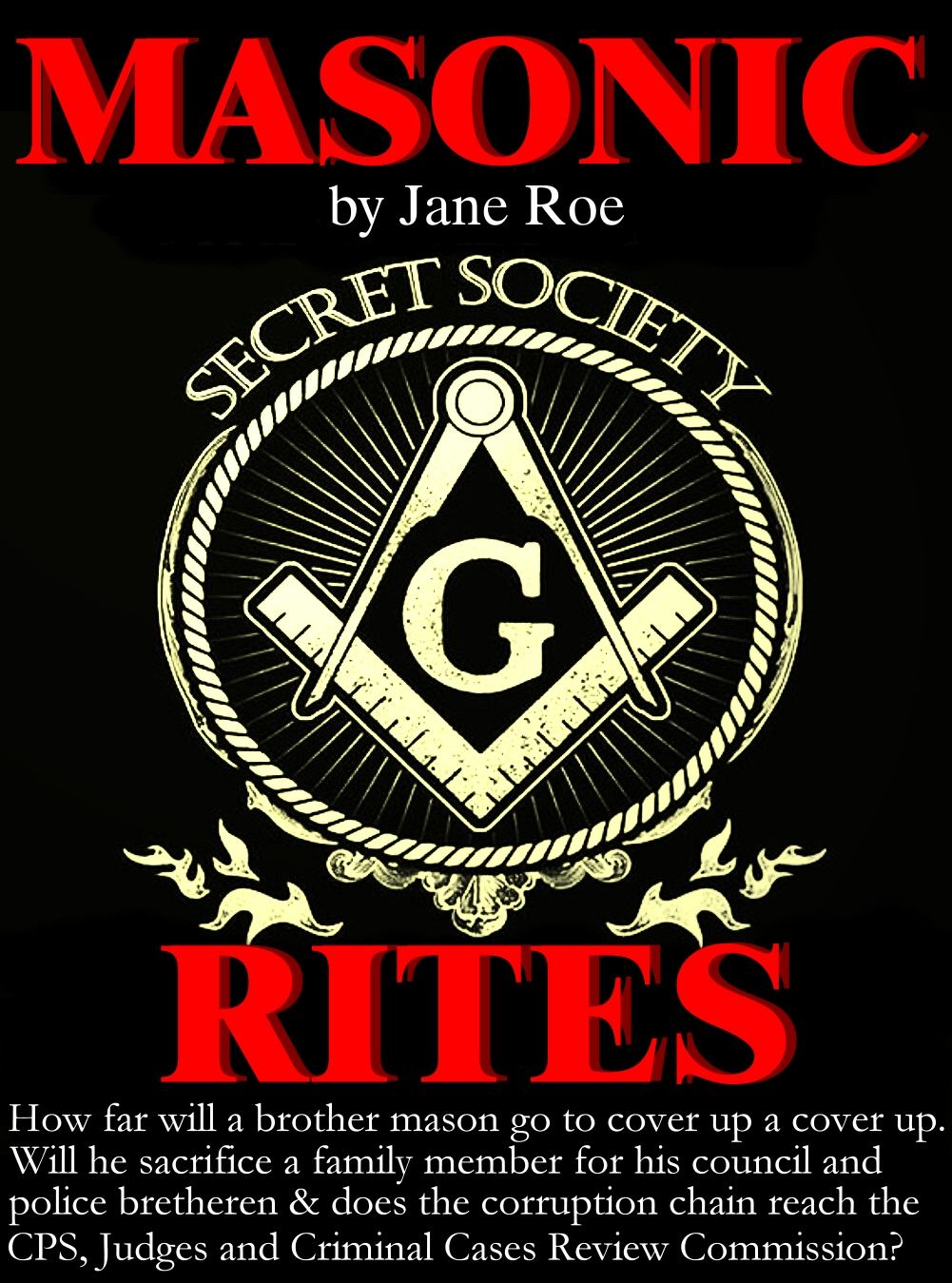
BROTHERS
IN ARMS - Just
how far will a brother mason go to help another mason? Will he sacrifice
the mental
state of a family member to help the police and his council cover up
a cover up, or is he also a victim of the
Grand Lodge and brother mason peer pressure. Just how far up the justice
chain does masonic influence extend. Does it include Judges, the CPS and
Criminal Cases Review Commission. In this book by Jane Roe, the
machinations of the justice system are explored where police
corruption and lack of transparency reach as far as the High Court. You
just could not make this stuff up. This book will not be made available
in the United Kingdom. But it is a volume that shows other countries and
foreign investors just how bad Britain has become - where if your face
does not fit - the police and courts can be used to oust you and there
is no accountability or process to regain justice.
Based on a true story, the names and locations of the characters have
been changed to protect the victim of a frame-up who was sent to prison
for rape, where the girl making the claim was
still a virgin
and other evidence proving innocence was suppressed by the CPS.
The British
justice system is so corrupted that the Crown
Prosecution Service still managed to gain a conviction for their
brother mason where one of the most corrupt
police forces in England needed to cover up their cover up of
council planning frauds. There is no right of appeal in the United
Kingdom in denial of Article 6 of the Human
Rights Act 1998, because the criminal justice system has been pared
to the bone to counter prolific Government borrowing that the nation
cannot afford. The Criminal Cases Review Commission openly discriminate
between cases where incompatibility in referrals are commonplace, signaling
favours for masonic chums in the provinces. Copyright © cover design
Horse Sanctuary Trust UK 20 October 2018. All rights reserved.

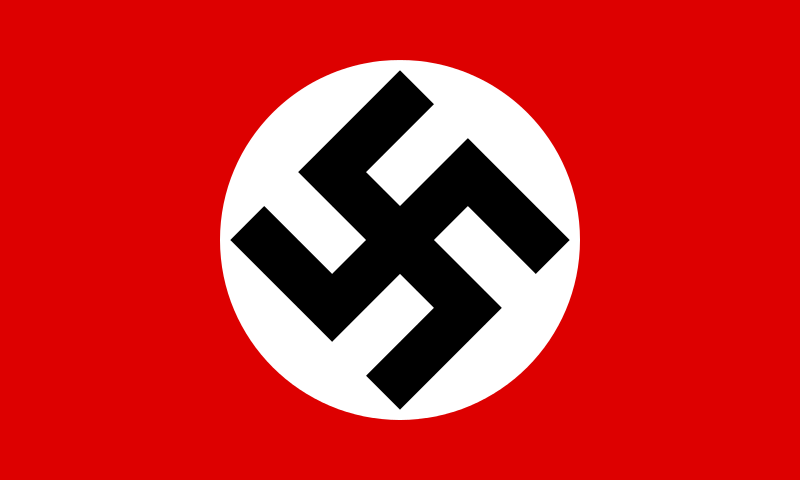
Paul
Whitehouse (1993-2001) Ken
Jones (2001-2006) Joe
Edwards (2006-2007) Martin
Richards (2008-2014) Giles York (2014
>>)
FAIR
USE NOTICE
This
site contains copyrighted material the use of which has not always been
specifically authorized by the copyright owner. We are making such
material available in our efforts to advance understanding of
environmental, political, human rights, economic, scientific, and social
justice issues, etc. We believe this constitutes a 'fair use' of any such
copyrighted material as provided for in section 107 of the US Copyright
Law. In accordance with Title 17 U.S.C. Section 107, the material on this
site is distributed without profit to those who have expressed a prior
interest in receiving the included information for research and
educational purposes. This site is protected under
Article10
of the
European Convention on
Human
Rights
and Fundamental Freedoms.
For
more information go to: http://www.law.cornell.edu/uscode/17/107.shtml. If
you wish to use copyrighted material from this site for purposes of your
own that go beyond 'fair use', you must obtain permission from the
copyright owner.
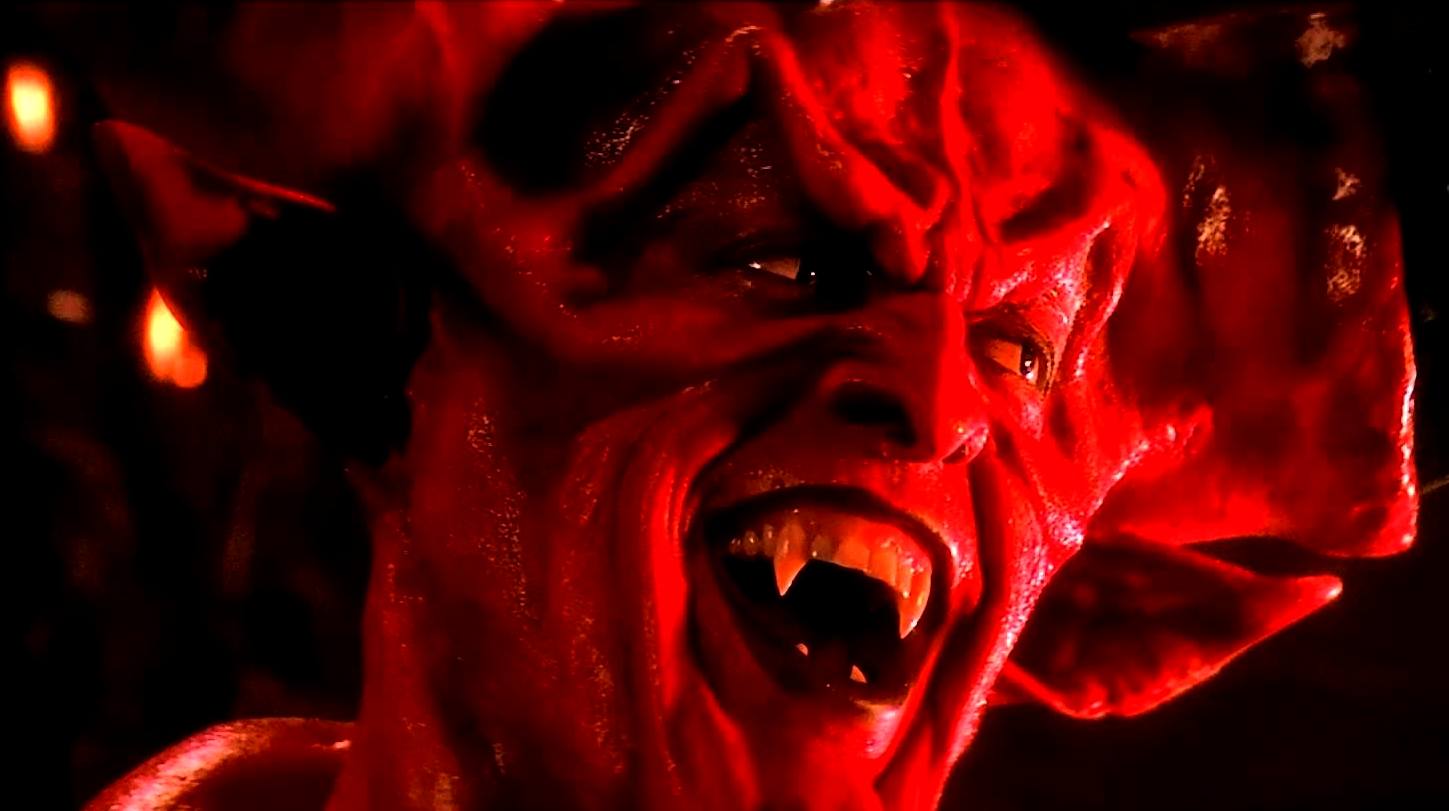
|















